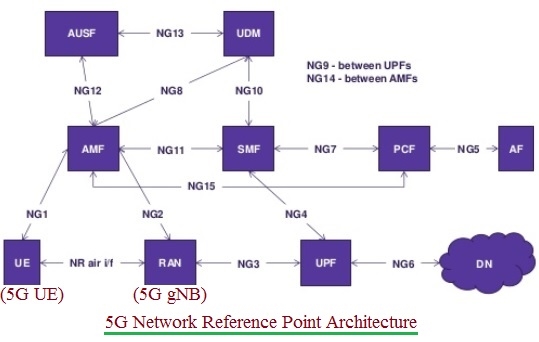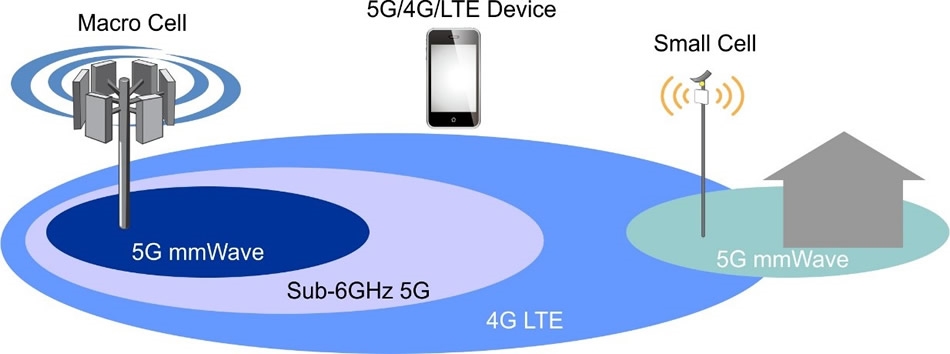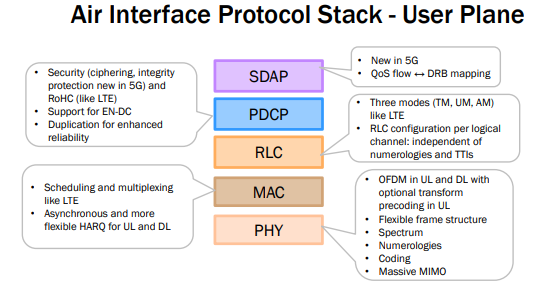Introduction
In the 21st century, network connectivity and signal quality are essential. Yet many passengers wonder why internet access on high-speed trains can still be slow despite the arrival of 5G. The evolution of rail mobile communication technologies explains this situation.
Evolution of Rail Mobile Communication Technologies
GSM-R
GSM-R is the dedicated digital mobile system widely used across China’s railways. It is an extension of GSM technology and retains GSM's basic functions. The difference is that GSM-R serves railway systems, so it addresses railway-specific problems such as:
- Rapid signal attenuation and frequency shift caused by high train speeds
- Signal coverage issues when trains pass through tunnels, valleys, and other complex terrain
- Frequent handovers between base station cells that reduce system efficiency
However, GSM-R is a narrowband system operating in a spectrum of only about 4 MHz. Most of this spectrum is allocated to voice services, with only a small portion for data. That limited bandwidth is a major reason for slow or unstable internet access on trains.
LTE-R
With rapid development of high-speed rail and growing demand for data services, GSM-R became insufficient and the rail communication ecosystem transitioned toward LTE-R.
LTE-R uses advanced modulation and other techniques to increase network speed and capacity, offering significant innovations in transmission technology and system architecture.
LTE-R fully inherits GSM-R services while improving operational safety and efficiency. It can support multimedia group dispatch, video calls, real-time video monitoring, and passenger information services.
Additionally, LTE-R voice solutions can provide passengers with richer data experiences and more accurate value-added services.
5G-R
China State Railway Group initiated research into the next-generation rail mobile communication system, defining research plans and deployment objectives for a rail-dedicated 5G mobile communication system (5G-R).
Primary service types for 5G-R include:
- Train operation applications: dispatch communications, train dispatch commands, CTCS Level 3 train control, and autonomous driving
- Operation and maintenance applications: maintenance voice, maintenance data, and maintenance video
5G-R will continue to focus on operational applications with high requirements for equipment safety and reliability. Three major 5G-R deployment scenarios along railways are:
| Wide-area line communication | Dispatch voice, dispatch multimedia, operational safety data, operational information data, onboard staff voice, etc. |
| Station and hub hotspot coverage | Onboard video surveillance, station maintenance multimedia communications, marshalling yard communications, etc. |
| Ground facility monitoring along the route | Transmission of ground infrastructure monitoring data. |
Challenges for Rail Mobile Communication
Even though 5G coverage for high-speed rail has broad prospects, it faces several technical challenges that affect perceived network performance.
1. High penetration and propagation loss
High-speed train car bodies are often full-metal, using stainless steel or alloy structures. In a traditional architecture where onboard users communicate directly with external base stations, significant penetration loss occurs, increasing drop rates and reducing handover and connection success rates, which degrades network performance.
2. Doppler effect causing frequency offset
Doppler effect: Wavelengths emitted by a source change due to relative motion between the source and the observer. In front of a moving source, wavelengths compress, becoming shorter and increasing frequency; behind the source, wavelengths lengthen and frequency decreases. Higher source speed increases the effect. In mobile communications, when a mobile terminal moves toward a base station, frequency increases; when moving away, frequency decreases. High-speed trains produce larger frequency offsets, degrading base station reception. Because Doppler shifts vary instantaneously, they can reduce receiver demodulation performance, posing a significant challenge.
3. Instantaneous network load spikes
When a high-speed train passes through a cell, the number of active users within the cell area can surge dramatically, causing network overload and reduced user experience.
4. Frequent handovers affecting user perception
Because individual base station coverage along the line is limited, a fast-moving train spends very little time in each cell. To maintain continuous train-to-ground communication, links must be handed over from one cell to another. This produces frequent handovers and reselections; if the time budget for handover or reselection is insufficient, users experience slow handovers, handover failures, and dropped connections, all of which harm perceived service quality.
Solutions
1. How to address large penetration and propagation losses?
Use mobile relay technology. In brief, deploy an intermediate forwarding device so communication is split into two segments: between the external base station and the relay device, and between the relay device and onboard users. The relay forwards signals between the base station and onboard users, reducing penetration loss effects.
2. How to address Doppler-induced frequency offset?
Optimize base station site placement to reduce Doppler shift impact. Perform frequency offset correction at the RF unit level, which is essentially a baseband signal processing problem.
3. How to address instantaneous load spikes and frequent cross-cell handovers?
Cell merging: A baseband unit (BBU) connects multiple remote radio units (RRUs) and logically configures multiple cells as a single cell. This converts "cell handovers" into "cell cooperation," improving network performance, increasing coverage distance, and reducing handover frequency.
Handover algorithm optimization: Tune parameters in the handover process to prevent ping-pong effects and radio link interruptions, thereby increasing handover success rates.
Railway wireless communications are evolving toward broadband networks. The application of 5G technologies is expected to contribute to the deployment of dedicated railway wireless private networks.
 ALLPCB
ALLPCB








